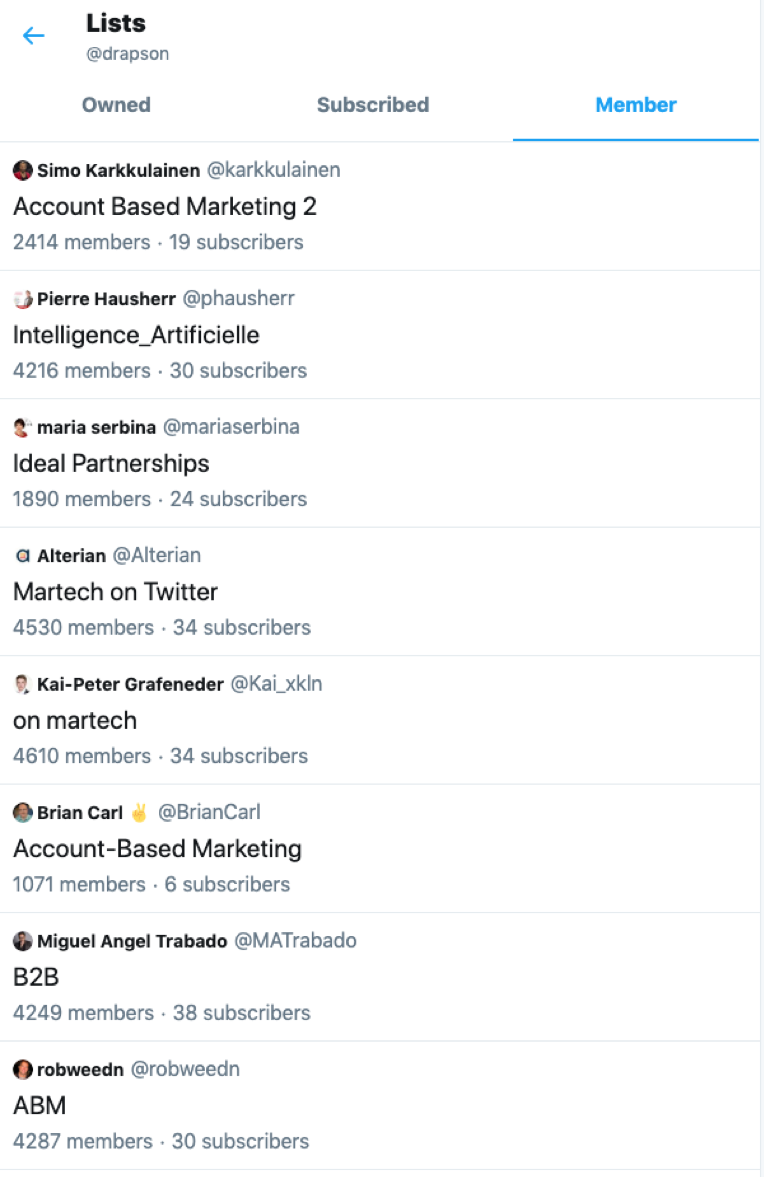This post was guest-authored by Shira Abel. Shira is the CEO and founder of Hunter & Bard, an award-winning public relations and design agency that works with enterprises and scale-ups on building their brand through awareness and thought leadership. Hunter & Bard designs and implements smart strategies that grow companies.
As CEO of Hunter & Bard, Shira oversees a team that manages public relations, marketing, design, and brand development for clients across multiple industries. She develops strategies for organically growing companies through the application of behavioral marketing via digital engagement. Clients include UL, JELD-WEN, Sixth Continent, Folloze, Radix DLT, Signal Ocean and many more.
Just as a company brand is the opinions others have of the company (you don’t own your brand, your customers do), a personal brand is the sum of opinions others have of you, your abilities, and the impression from the experiences they’ve had with you. In social media, people prefer to follow other people, rather than companies.
A strong brand helps a company close deals faster and smoother. In the same way, a genuine personal brand will help you make better connections, get things done faster (or more easily), and achieve your goals. Remember “Zig” Ziglar’s motto: “You can get everything in life you want if you will just help other people get what they want.”
THREE THINGS TO GET STARTED
When building your personal brand, there are three things you need to keep in mind:
1. What’s your goal? When you know where you want to go, it’s significantly easier to get there.
As a personal example, during my MBA studies I realized I had no real network. Research shows that opportunities come from loose connections – that meant building my network. I decided my goal was to speak about marketing at conferences around the world. I started by volunteering as a founding mentor at Google Campus and Microsoft Ventures Accelerator and giving the Marketing Talks at both accelerators. In exchange for providing helpful information to the community, showing my expertise, and meeting new people, I needed to share something of value. I’ve since spoken worldwide at conferences such as CMW and TNW and as a guest lecturer at universities, including Stanford and Berkeley.
You don’t need to become a public speaker, but you do need to get out there — attending events, writing blog posts/articles, participating in webinars, or doing a podcast. Make sure that the content you’re producing is relevant to the subjects you want to be known for and aim for the right audience. My podcast, SaaS Insider, was aimed at early to mid stage startups.
When Hunter & Bard started aiming up market to enterprise, the podcast audience was less relevant. I hit pause on the podcast. You don’t have to keep doing something that doesn’t get you closer to your goal.
2. What do others think of you? If you’re active on LinkedIn or Twitter you can see what people think of you. Here’s how you do it:
On Twitter, look at the Lists you’re a member of. For example, I looked at the Twitter account of Women in Revenue Sr. Founder, Debe Rapson. Here’s what I found:

On LinkedIn, check the skills you’ve been endorsed for. For example, Sydney Sloan’s LinkedIn skills look pretty accurate, given my familiarity with her work.

3. What do you want to be known for? The third pillar of your strategy is the answer to this question.
If there’s a gap between what others think of you and how you want to bethought of – you have some work to do. For example, someone who wants to work in public relations should observe what the PR pros she admires share about their work, how they describe their experience, and how they work on projects. Coherence and consistency are as useful for professionals as they are for brands.
Set your goal, find out how people see you and think about how you want to be seen. If there’s a mismatch, identify the gap, and how to fix it.
HOW TO CREATE VALUE
Share what you know that can help others either by writing articles, speaking at conferences and meetups, and/or using video. Personal branding is a form of marketing – which means you need to think about what your target audience wants, and what benefit you can give them. Why are they interested in what you have to say?
Build Up Others
As the book Give and Take points out, giving gets you more. The more you build up others, the more they will help build you up. Everyone wins. Here are 3 ways to include others in your thought leadership content:
- Ask. Ask your friends, colleagues, and connections what they would love to read about. What is the thing keeping them up at night? That’s one guaranteed way to write for your audience. It’s also how this post came about. Women in Revenue asked its members what they would like advice on.
- Include. Get quotes from experts you admire. People like to share their opinions. This way you can send the expert the post after for them to share on their own social media and you can start to build that relationship with them.
- Share. You’ll see this with groups of men all the time. They will work together, share each other’s content, and work to build everyone up in the group. Find your friends who share your level of ambition, work in complementary industries, and find ways to promote each other. It’s similar to the amplification of voices that Obama’s female staffers did, but on a more public scale. Don’t just promote each other in an office — promote each other to the world!
Example
Sallie Krawcheck is the Founder and CEO of Ellevest. She also happens to produce some of the best financial advice content out there. Yes, she’s done incredible things and she has a big name so people seek her out – but she had to start somewhere. It was her thought leadership, as well as the results she’s brought consistently, that have built her name and reputation to what it is today.
What I Love About Sallie’s Content – it’s:
- Consistent: She gives a very consistent message. She talks about money, inclusion, and how it’s good for everyone.
- Clear: She uses simple language to get her point across. Everyone can relate to and understand what she’s saying.
- Interesting: She does a minute video a week in the Ellevest newsletter. It’s concise, educational, and helpful.
She mentions people who are helpful in her videos and is constantly not just promoting others, but helping. I admire this woman and what she’s accomplished so much. Want to be a success? Be your version of Sallie.
Building Your Personal Brand: Things to Remember
A brand is a promise of who you are and what people can expect from you. You may write, talk, share your message with others, but it’s the people who know you (or who think they do), those who come into contact with you, who decide what your personal brand is. That means every interaction you have with people matters. By giving helpful examples with your writing, speaking to groups small and large, building up others, and being overall helpful – reciprocity will work in your favor.




